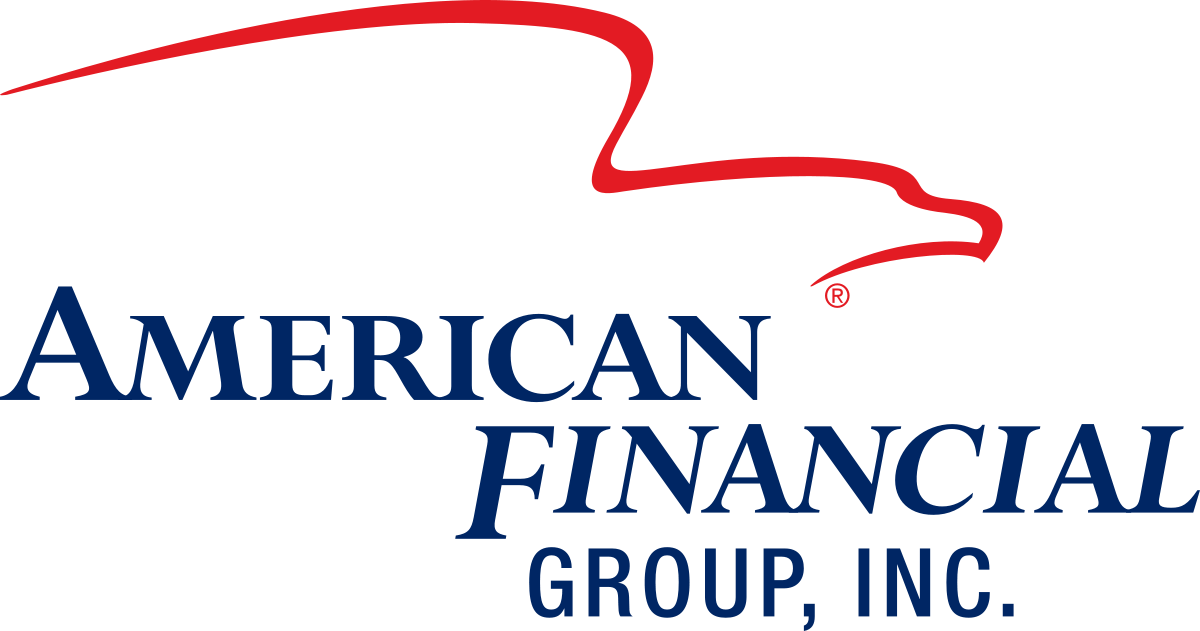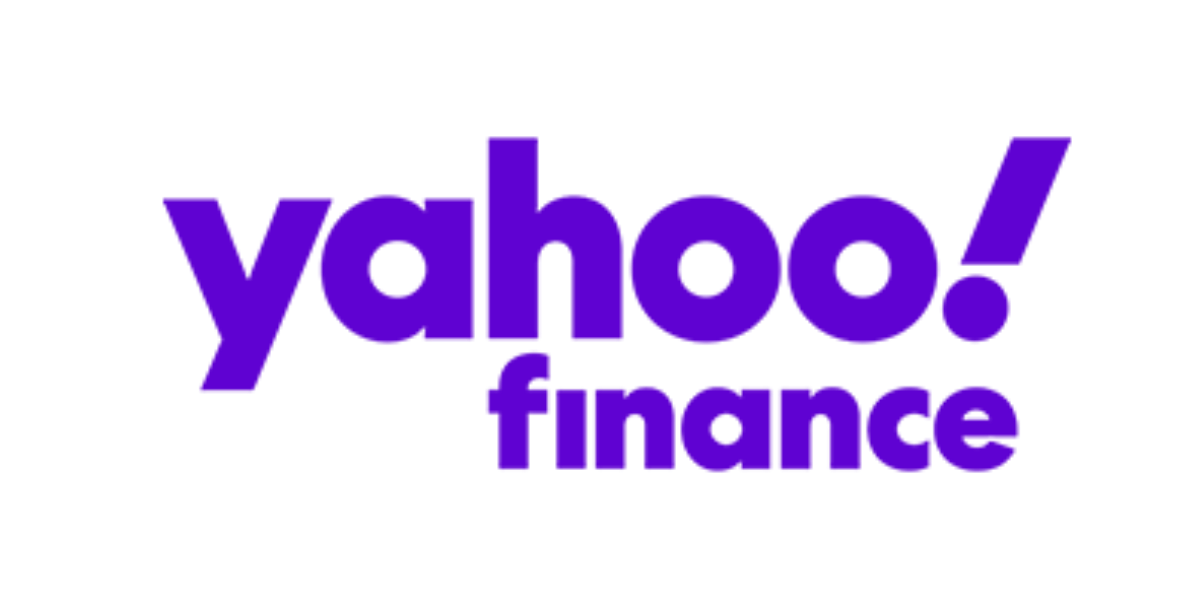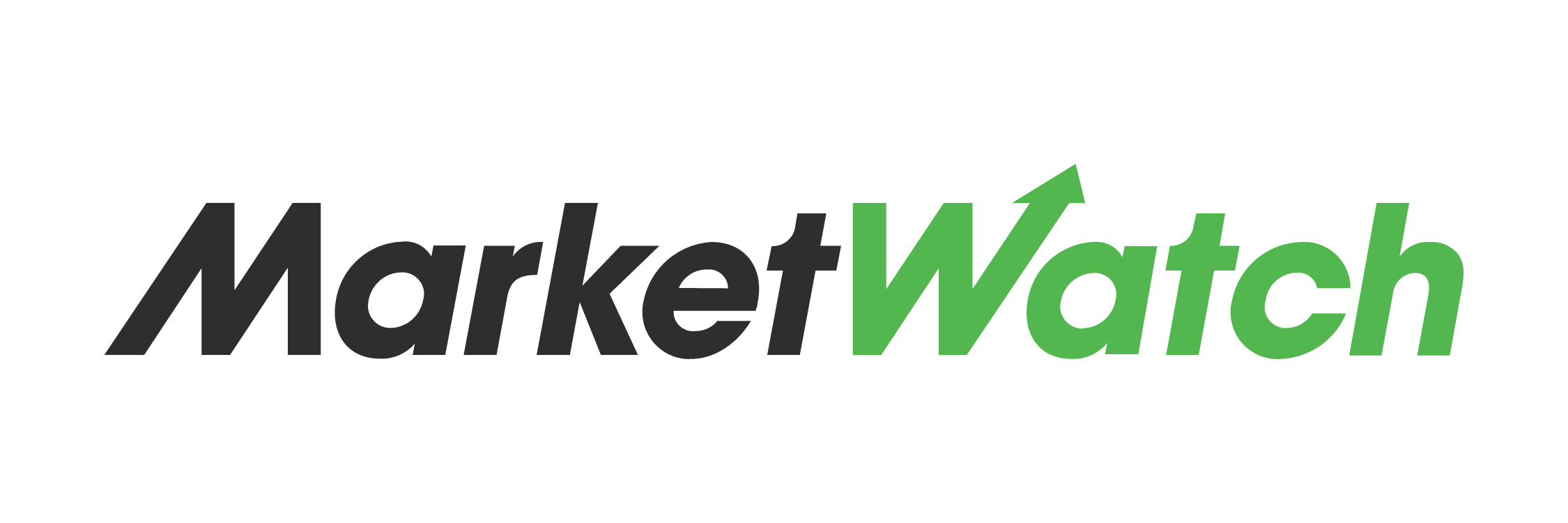Welcome to AspireFund
As Arizona’s first boutique Opportunity Zone Investment fund we strive to be the leader in qualified opportunity zone investing.
Our passion for the potential of Opportunity Zones as an investment vehicle stems from the unique benefits to the community that it provides while also having a competitive rate of return.
Our founder, Ryan Scott, takes this passion to new heights by managing the fund through his development company and by personally being one of the largest investors in the AspireFund. New rules were put in place in 2016 that have created never-before-seen tax breaks for individuals who invest any taxable capital gains (i.e. stocks as well as real estate) in Qualified Opportunity Funds such as AspireFund, including deferment of taxes, a step-up in basis, and exclusion of gains on future investments.
AspireFund is a chance to take advantage of tax breaks, returns provided from patient, thoughtful real estate development projects, and to know that your investments are going towards the improvement of underserved communities across the United States.
Featured In
About Ryan Scott
Ryan Scott is a serial entrepreneur and real estate investor. In his early career as a consultant for Accenture and IBM, he developed strong affinities for the overlapping importance of shrewd investing and disruptive technology that he parlayed into his successful rental management group, Surfcomber et al.
AspireFund is well aligned with his past experience as a real estate investor and as a business consultant.
Ryan is also available for speaking engagements and presentations about Opportunity Zone investing. Please reach out to learn more about how to have Ryan come out for a free presentation to your realtor or investor group.
What are Opportunity Zones?
Opportunity Zone Investing: The Biggest Tax Break of a Generation
When our founder started researching Opportunity Zone funds, it was because of his pure curiosity that stemmed from a brief conversation with one of America’s most well-respected investors.
“The biggest tax break of a generation”
When someone with more than a billion dollars in the market tells you about the “the biggest tax break of a generation” you might think that it isn’t available for the average Joe investor with only $50,000 or $100,000 in the market. We’ll, you would only be half right, because before AspireFund’s inception that was true.
To get more investment capital into underinvested areas, a program was inserted into the Tax and Jobs Act of 2017.
The basic premise of the program is that many investors have capital on the sidelines that they aren’t incentivized to deploy because it is sitting as a capital gain on paper and if they sell then they will have to pay taxes on it. The Opportunity Zone program changes that game. The program incentivizes investment in designated zones across the country providing tax breaks that enhance returns. The idea being the tax breaks will direct capital to under-served areas, benefiting the investors and the communities. There are a variety of investment types the funds can employ, including ground-up development, major renovations of existing properties, or even investing in or starting a business in an Opportunity Zone.
Consider the investor that bought Apple stock or the employee who was given stock options, for $1M several years ago. Suppose this stock is now worth $2M. The investor might prefer to diversify his $2M, but if he sells, he will need to pay the taxes on the $1M gain, of let’s say $250K.
The crux of the Opportunity Zone program is to encourage taxpayers to invest that $1M gain by providing tax breaks that make it worth it. The laws apply to any capital gain, including real estate. There are three key tax breaks included in the program, which I’ll summarize below for the investor in our hypothetical scenario. So, let’s suppose the investor sells the stock, giving his $1M back as a return of capital and incurring a $1M capital gain. He then chooses to invest the $1M gain in an OZ fund and does as he wishes with his original $1M tax-free.

Investment Features by Ryan Scott
Pay less
The investor can defer paying the capital gain for 7 years. Now they can play with the house’s money for 7 years, earning additional returns on that $250K that would have been paid in taxes.
Pay lATER
The investor’s capital gain is reduced (basis stepped up) by 15% when they pay it back. Instead of owing $250K, the investor owes about $212K. This provides additional ROI.
Paid back like a Roth
After a 10-year hold, the fund and its investors pay no capital gains on the profits from the fund. Yes, you read that right. The investor has turned his tax disadvantaged stock investment into basically a Roth, where the money is invested and grows tax-free.
Consider the fund develops an apartment building for $3M, investing $1M and taking on debt for $2M. The fund holds and operates the building for the ten years and sees an appreciation of 5% a year (assume cash flow covers debt but no more). When the fund sells the building in year 10 and pays back the loan balance, proceeds will be around $3M on an investment of $1M. This is a nice 3x or 13% internal rate of return per year return. In any non-Opportunity Zone fund, the investor then needs to pay 25% tax, reducing yearly IRR returns by about 4% or $750K overall. With those kinds of numbers, it is obvious why this is an attractive investment vehicle.
Now consider that a lot of that return was built using deferred taxes…recall that the investor invested the whole $1M of his Apple stock gain, rather than $750K after taxes, meaning his gains are further amplified.
After Tax Returns on Investment
1031 for Stocks
Real estate investors know the benefits of a 1031 exchange and would be correct in thinking that this sounds similar. In short, investors can defer capital gains if they exchange one property for another and don’t withdraw any of the funds. Also, this program is a 1031 Exchange for Stocks, with a big pro and a little difference:
Big Pro – in a 1031 you must continue to roll your cost basis into the new property. With the OZ Funds, you keep your initial investment, only the gains have to be invested.
Difference – In a real estate 1031, you can defer taxes indefinitely, and with OZ funds they will be due in 7 years.
This is not an offer to sell nor a solicitation to buy shares of Aspire Fund LLC. That can only be done by our current confidential Private Placement Memorandum (“PPM”). This is considered a speculative investment for accredited Investors only, who can stand to lose their entire investment. Limited liquidity. The equity interests being sold in this offering have not been approved or disapproved by the Securities and Exchange Commission or any state’s securities division. Nor has the Securities and Exchange Commission or any state securities department passed upon the accuracy or adequacy of the PPM or the disclosures provided therein.
Resources for more information
OPPORTUNITY ZONE FUNDS & BENEFITS:


















